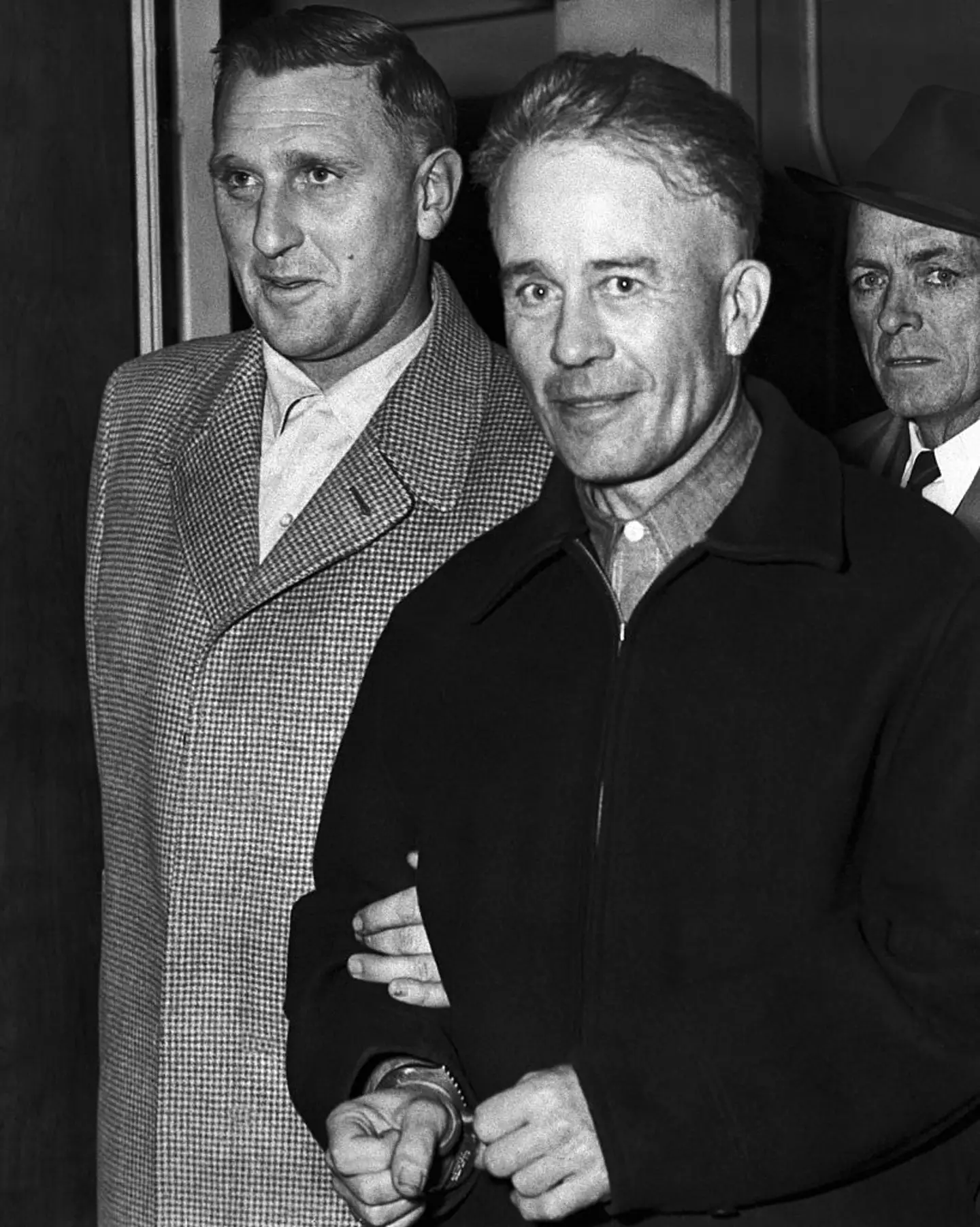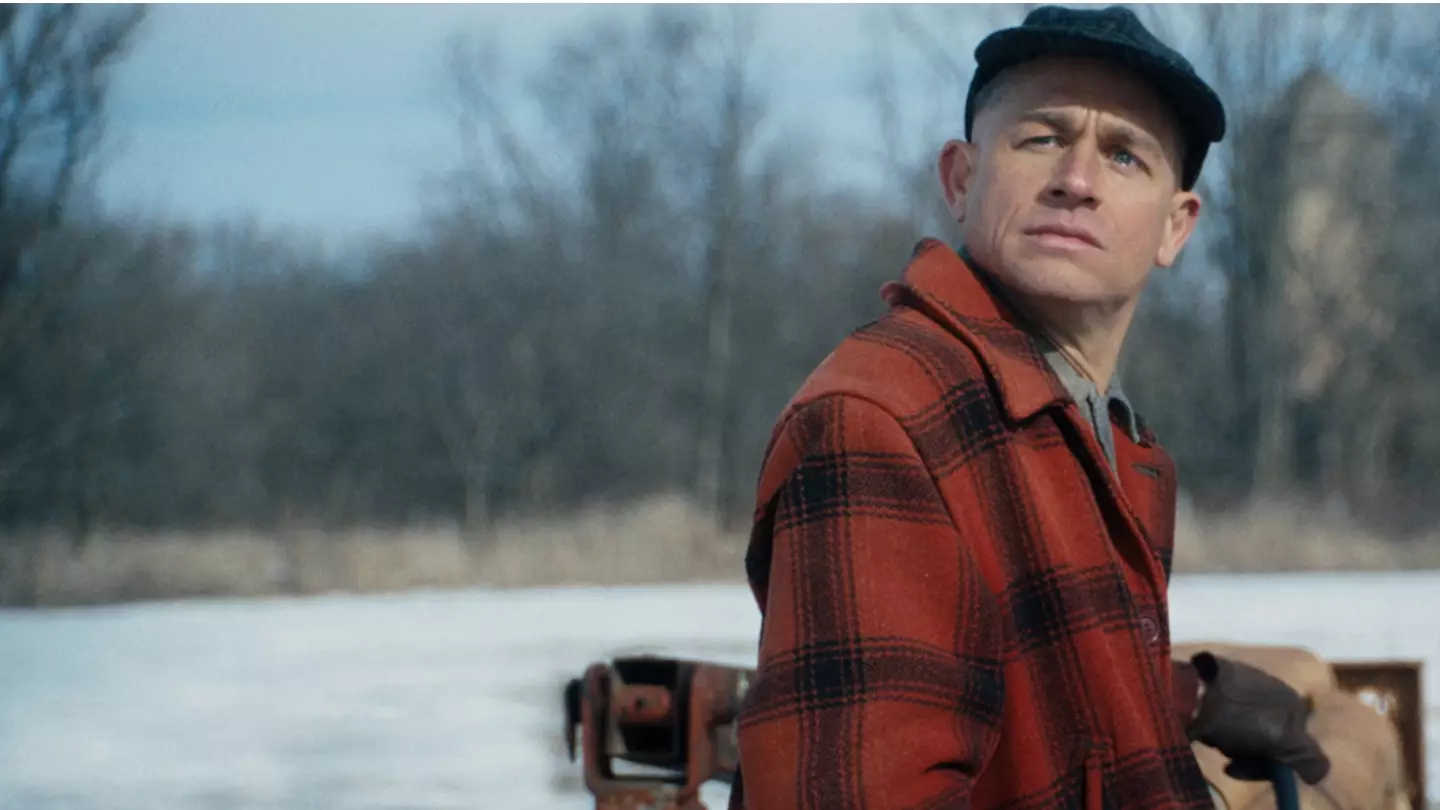A museum owner has revealed that only one artifact remains from the Ed Gein case, advising viewers to be cautious when researching online while watching “Monster.” Netflix’s recent true crime series achieved over 90 million viewing hours shortly after release, but it has sparked considerable debate.
“Monster: The Ed Gein Story” has left audiences both horrified and intrigued by the case’s details.
As with many true crime productions, some elements were dramatized for entertainment, yet there were also inaccuracies. For instance, a scene where Gein supposedly killed his brother, which lacks concrete proof, or his rumored connection with Adeline.
Ed Gein was a real murderer in the 1950s who killed two women, exhumed graves, and crafted items from their skins to create his macabre collection.

Gein’s activities were uncovered after the disappearance of Bernice Worden in 1957, prompting police to search his residence, where they found her decapitated body and clothing made from human skin.
Chloë Manon, co-owner of The Graveface Museum in Savannah, pointed out that although many images of Gein’s crimes are accessible online, only one genuine artifact remains, as the others were destroyed.
By searching ‘Ed Gein evidence,’ you might find disturbing pictures, such as garments and furniture crafted from human skin, but Manon insists these are fabrications.
She explained that many are “mocked-up evidence,” emphasizing, “people are basing things off films, not facts.”
The authentic piece of evidence, which Manon preserves at The Graveface Museum, survived because state investigator Joe Wilimovsky and state crime lab worker Allan Wilimovsky retained it post-Gein’s arrest.
It was never submitted as court evidence, possibly sparing it from destruction.
This remaining artifact is a keychain with a lock of human hair and scalp.
It includes a metal tag with “Ed Gein” inscribed, as well as his home address and a Shell service station’s address on opposite sides.
It’s unclear why the Shell station address is included, but it was reportedly near Worden’s hardware store.
Manon highlights that because most evidence was either illegal or inadmissible, museums and collectors often rely on “mock-ups.”
In a TikTok video, Manon discussed how Hollywood exaggerates historical crimes, noting that much of what is shown about Gein was destroyed due to being obtained without warrants.
She explained, “So they obtained this illegal evidence, and they weren’t able to use it in the courtroom.”
“It was inadmissible. So he was charged for the murder of Bernice, found not guilty by reason of insanity, and went back to the psychiatric ward.
“And you might be wondering now, or maybe you’re not, what happened to all of the inadmissible evidence? It was destroyed. So it was burned, it was incinerated, or it was buried.”

